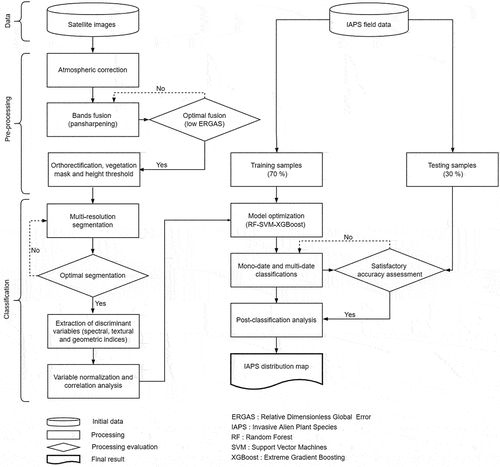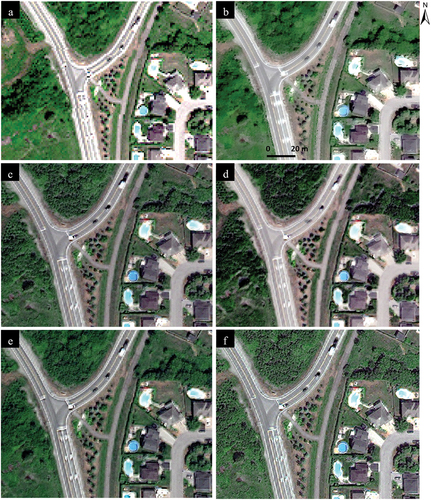Figures & data
Figure 1. Study area limits and reference data locations of invasive alien plant species (giant hogweed, Japanese knotweed, and phragmites).
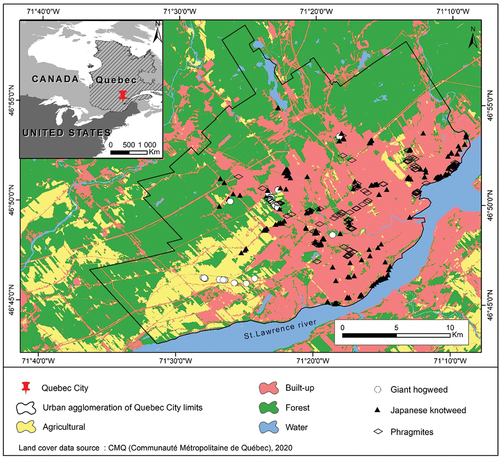
Figure 2. Field photography of invasive alien plant species at two zoom levels: (a, b) Japanese knotweed; (c, d) Giant hogweed; and (e, f) phragmites.
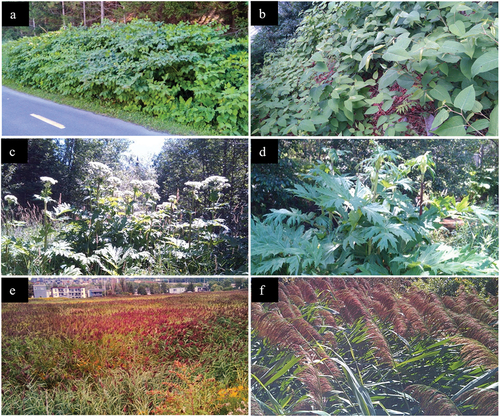
Table 1. Characteristics of satellite images used in this study.
Table 2. ERGAS (Relative Dimensionless Global Error) values for the fusion methods applied to the WorldView-3 image.
Table 3. Extracted features (spectral, textural, and geometric) for classification modeling.
Table 4. Performance measures of classifiers. The values in bold correspond to the maximum performance values.
Figure 4. Examples of invasive alien plant species detected in four types of environment: (a) riverbanks; (b) roadsides; (c) agriculture ditches; and (d) residential areas. Species are indicated in yellow (giant hogweed); orange (phragmites); and purple (Japanese knotweed).
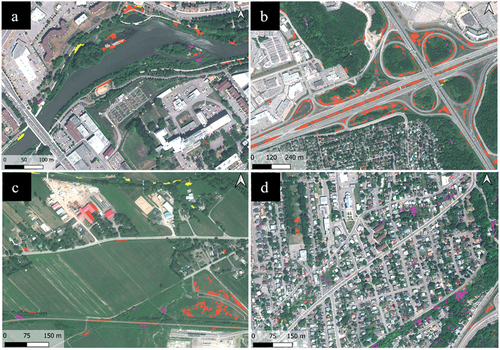
Figure 5. Examples of undetected phragmites stands. (a) Phragmites at low density and (b) a phragmite stand before the flowering stage (field photography from July 30, 2020).
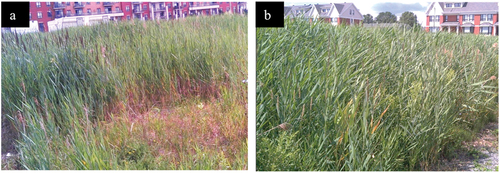
Figure 6. Examples of non-invasive alien plant species classified as Japanese knotweed Field photography of (a) staghorn sumac (Rhus typhina) from July 30, 2020, and (b) wild red raspberry (Rubus idaeus) from July 29, 2020.
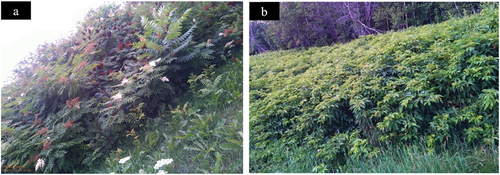
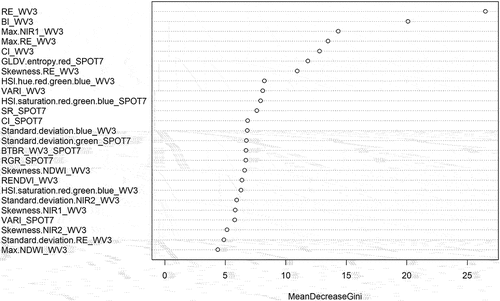
Data availability statement
The data that support the findings of this study are openly available in the Open Science Framework data repository (link: https://osf.io/b3ufr/?view_only=b02f51fddf5f4c11bd7c457fe85c2710).

